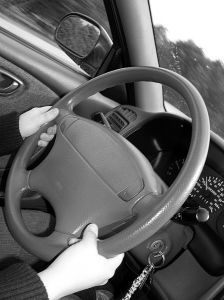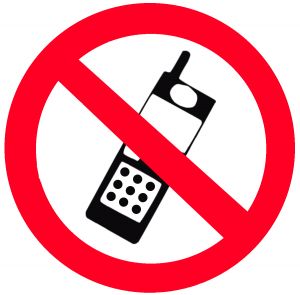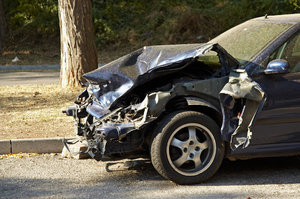An arrest has finally been made in an April hit-and-run car accident in Mattapan that put a 6-year-old-boy in a coma, according to My Fox Boston. A 19-year-old woman was arraigned earlier this month in Dorchester District Court. Her bail was set at $40,000.
Witnesses to the accident say that the child, and a few of his buddies, looked both ways before crossing over Delhi Street, but a speeding vehicle slammed right into the boy and just kept going. The boy was taken to Boston Medical Center.
He stayed there for two weeks, including four days spent in a medically-induced coma. Currently, the boy is recovering, but authorities say that his long-term prognosis is unclear.

Our Boston personal injury attorneys understand that pedestrians, bicyclists and motorists face serious risks on our Massachusetts roadways. Without cautious driving habits from motorists around the state, pedestrians will continue to be overlooked. The woman arrested in this incident was indeed speeding, which only increased her chances of being involved in an accident as it reduced her reaction time tremendously.
A press release issued by Suffolk County District Attorney Daniel Conley states that the woman struck the little boy while she was out free on bail from another incident that happened back in March.
The female driver left the scene of the accident in March that resulted in damage to property. She faces two counts of assault and battery on a police officer and single counts of negligent operation of a motor vehicle, failing to stop for police, operating with a suspended license and resisting arrest for that incident.
She is now facing charges in connection with the April accident as well, with negligent operation of a motor vehicle and violating the state’s witness intimidation law.
Police have plenty of evidence in the case. They currently possess multiple witness statements, video surveillance footage and other evidence gathered during the course of the investigation. Boston Police were also able to obtain a warrant for the woman’s arrest on June 23. She eluded investigators until now.
“These actions are outrageous and the crimes are egregious,” Conley said. “This woman should not be on the road, period. It’s by God’s grace that this child survived. The next victim might not be so lucky.”
According to the National Highway Traffic Safety Administration, the economic cost to society that these accidents cause is more than $40 billion each year. Speeding was a reported contributor to more than 30 percent of fatal traffic accidents in 2009. Nearly 11,000 people were lost in these accidents.
During that year, nearly 9,000 speeding-related accident fatalities happened on non-Interstate highways. Only 12 percent of these accidents happened on Interstate highways.
Massachusetts witnessed nearly 100 speeding-related car accident fatalities in 2009 alone. A number of these accidents could have been prevented had motorists been abiding by posted speed limits. Speeding limits a driver’s reaction time and puts them and others on our roadways at an increased risk for injury or death.
Continue reading
 Boston Car Accident Lawyer Blog
Boston Car Accident Lawyer Blog











